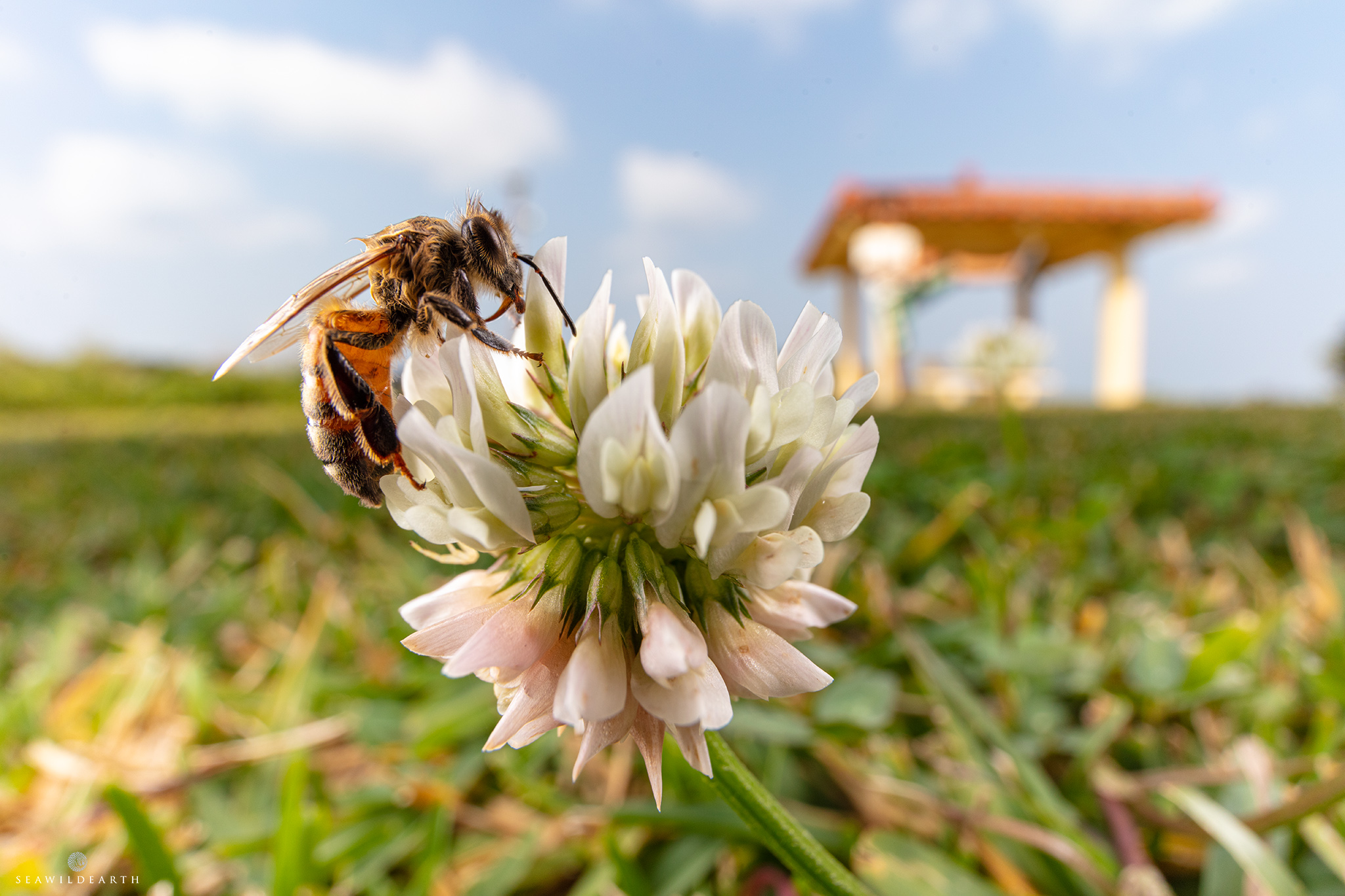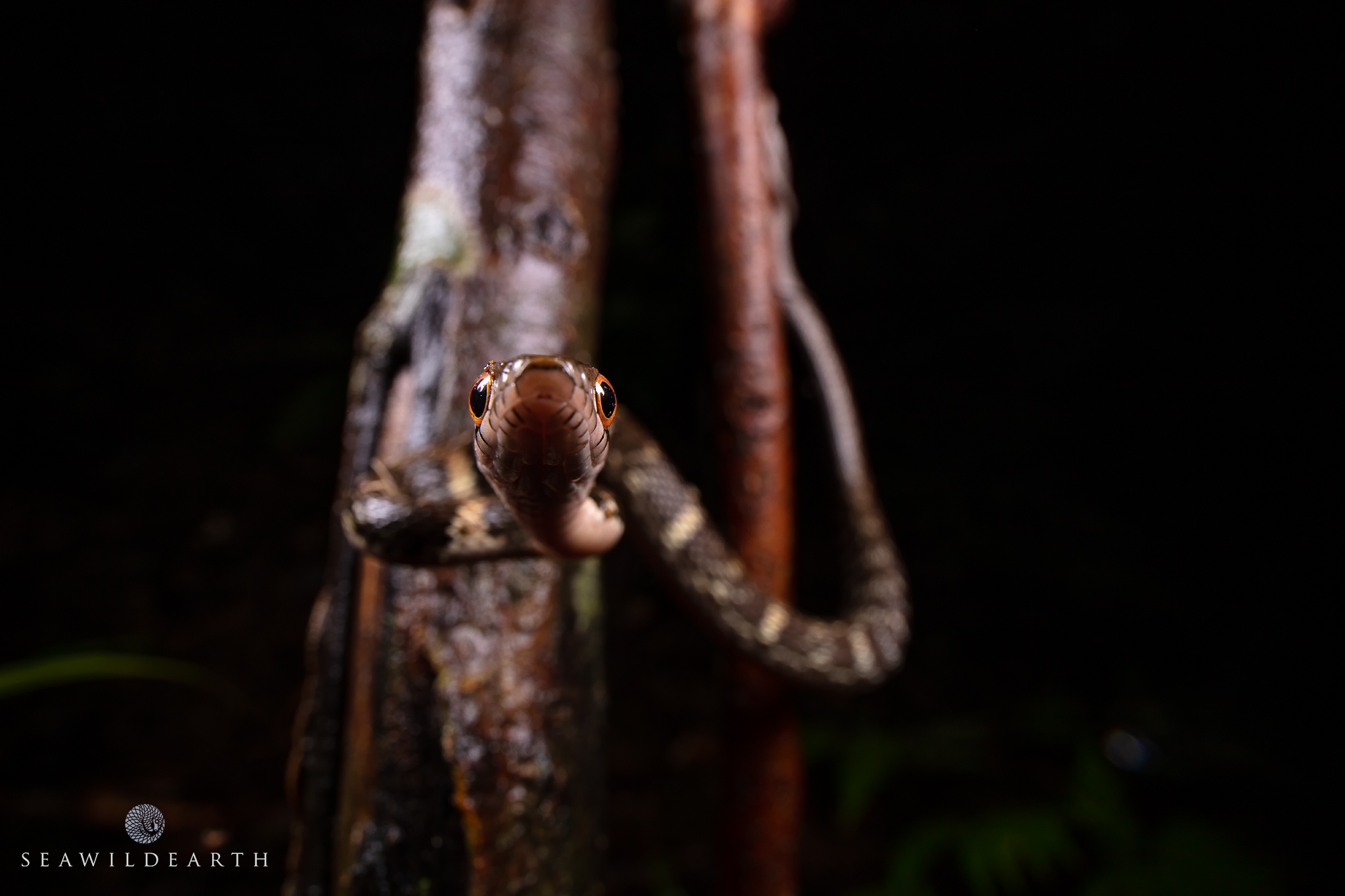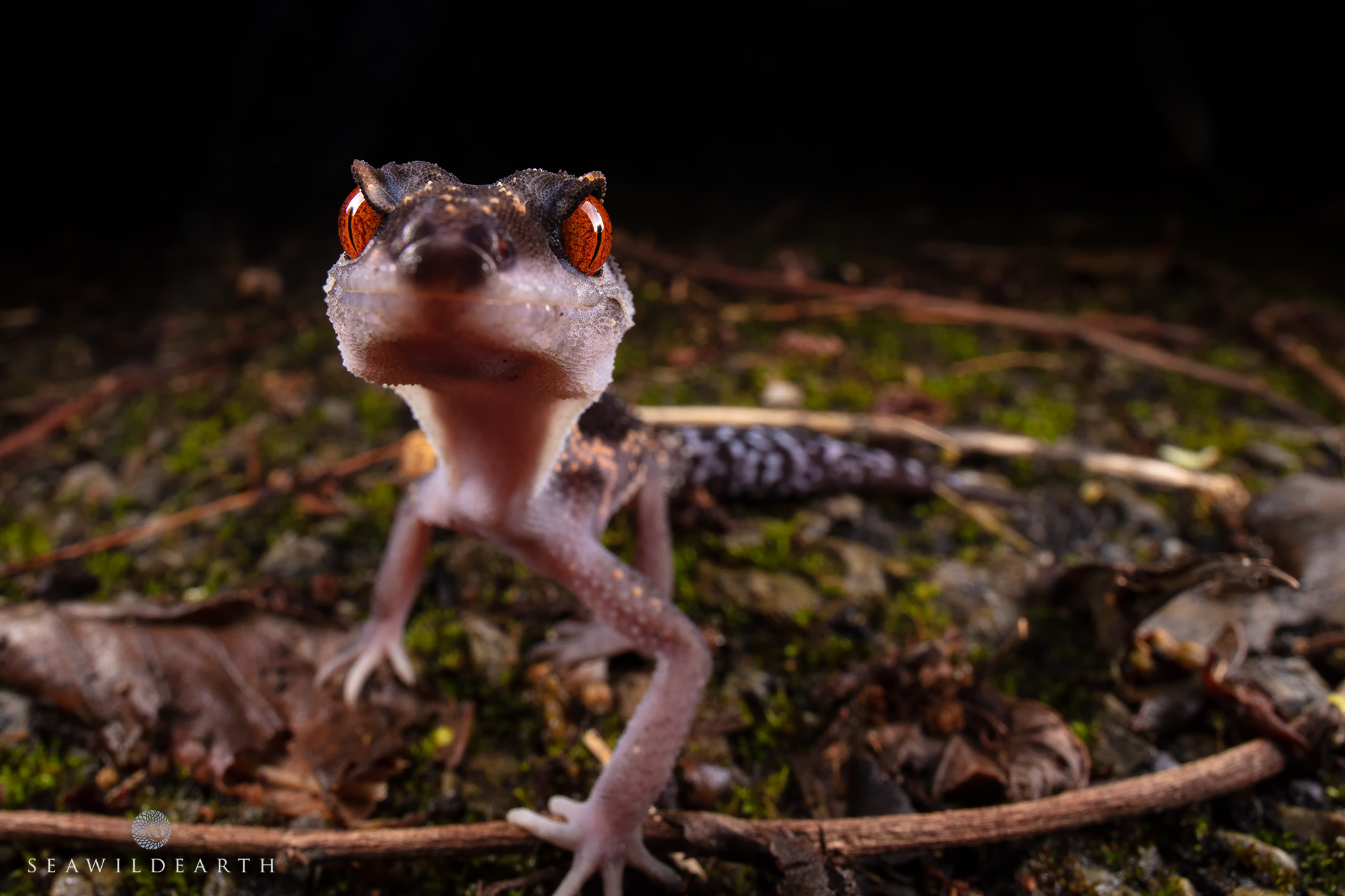Wide Angle Macro Photography
Taking a new, to me, and very different look at Macro Photography
Wide Angle Macro Photography, now if you're looking for something to really test your patience and determination, this is it. I recently picked up the 15mm f4 1:1 lens option form Laowa. Known for creating very specific and different lens options the people at Laowa didn't disappoint with this lens. With the ability to focus pretty much on the front glass element it means that not only can one look for standard macro photography subjects. What sets this lens apart though is the focal length. Being a super wide angle lens it also allows for the immediate environment of the subject be included in the composition. Granted the background tends to be relatively blurred, it is the bokeh of this lens, but that said it is discernible to a very large extent.

Being able to incorporate an idea of the environment surrounding the subject allows the viewer a greater immersion in the personality of the moment.
One nice aspect of Wide Angle Macro Photography is also being able to get away from the standard black backgrounds associated with imagery taken during nocturnal hours. Given I take the majority of my photography after dark means that I'm normally left with isolated views of the subject against a black background. With this lens I can use even the body of a specific target, like a snake, to be able to create a great sense of depth to an image. One of my favorite images in recent times was the one below of a Pryers Keelback snake that was found in some vegetation. Even though I had a limited depth of field I made sure I got the eyes nice and shark but the body remained blurred but allowed the illusion of depth to be created by its body as it linked back the contact it had with the vegetation.

Pryers Keelback in Vegetation. Shot at 0.4:1 macro ratio.
This particular lens has a maximum aperture of f4 but I personally don't think I'll be using that at the wide open side of things. I may give it a test for astrophotography but for that in normal scenarios I use another Laowa lens, the 12mm f2.8 zero distortion, for my Milky Way and astrophotography needs. For my nocturnal wildlife forays I tend to use between f16 and f22. Having such a small aperture requires a lot of light so I use the Laowa KX800 twin macro flash system for that. Generally at full power with ISO normally set between 160 and 250 depending on the reflective qualities of the photographic subject.
This then brings me on the main issue when working with this lens, lighting. With having the ability to focus pretty much to within touching distance of the front glass element means lighting tends to be a main point of focus. Placement of the flash needs to be such that they can cover that proximity to light the subject adequately from the front without having the flash heads or modeling light getting into the shot. This is always going to be an issue compounded by the proximity, macro ration, one sets for the photograph being taken. I've found that if shooting anything up to 0.5:1 allows the flash heads to be relatively close to the lens without having too many issues. From 0.6:1 it's very much the main issue one faces.
Beyond the standard macro ratio the lens also has a tilt / shift option so as to be able to correct any perspective problems that inherently plague vertical lines, from buildings and trees etc, when using such a wide angle lens at any angle other than absolute level. Given that I use this lens again for the most part in a nocturnal setting I'm not sure I will run into situations where I need to be mindful of that feature but as my curiosity takes a hold I may start venturing out to look at imaging options for this lens beyond that which I currently employ it for. One thing is for sure though Wide Angle Macro Photography gives a very unique and interesting perspective to any applied image. I'll be making sure I include this lens in my camera bag on most of my forays into the wild moving forward, including for possible video use. Watch this space!
If you want to check out one of the craziest shots I've taken thus far with this lens simply head to the top of this page and click the little circle icon with opposing arrows. That will reveal the ghosted image behind this post of a Dragonfly drying out after rains with in the distance a blurred second dragonfly that was emerging from its larval stage. That youngster was waiting both to dry from the rains and also for blood to soak into the veins of its wings and harden to allow it to fly. Click on the icon a second time to return back to this standard page view.

Kuroiwa's Ground Gecko, those eyes get me every time! "Hasta La Vista, Baby".
"Skill in photography is acquired by practice, and not by purchase"
Percy W. Harris
About the Author
Internationally recognized as a provider of quality mixed media Mark Thorpe is always on the search for captivating content.

Photographer / Cameraman
Mark Thorpe
Emmy Award Winning wildlife cameraman and Internationally published landscape photographer Mark Thorpe has been an adventurer since he could walk! Spending 17yrs as an Underwater Cameraman at the start of his imaging career the highlight of which was being contracted to work with National Geographic. In that role as a field producer and cameraman he's been privy to a mixed bag of hair raising adventures. For some reason he was always selected for projects relating to large toothed marine predators such as Great White and Tiger Sharks, Sperm Whales and Fur Seals. Additionally he has also been active within Southern Africa on terrestrial projects dealing with a wide array of iconic wildlife.
Currently based in Okinawa, Japan he's always on the lookout for his next big adventure. He shares his exploits online with a totally organic social audience in excess of 200,000. Sponsored by a number of photographic industry manufacturers he is constantly scouring the islands for captivating landscape and oceanscape compositions. Videography wise he continues to create short photographic tutorial videos as well as creating content about the diversity of wildlife within Okinawa and the Ryukyu Islands of Southern Japan.
Mark has just created a Patreon channel where he's hoping to raise an audience of supporters who through small monthly shows of appreciation will allow him to concentrate on the creation of a wildlife and landscape imaging themed YouTube Channel. If you feel that is something you'd like to support you can visit his Patreon Channel for more information.
